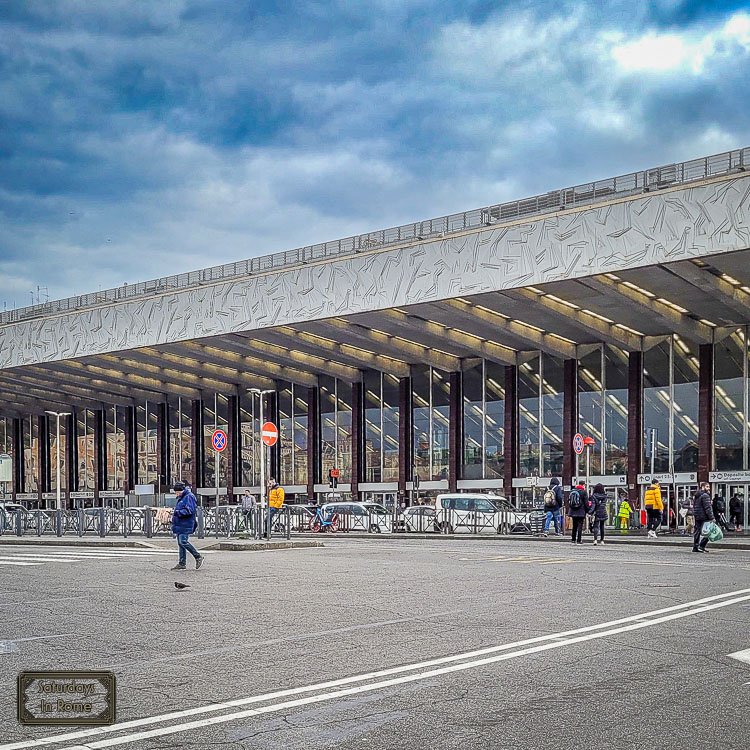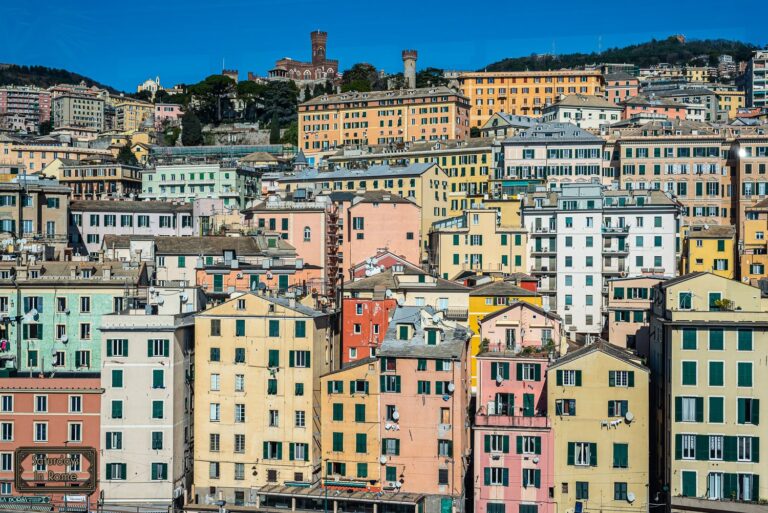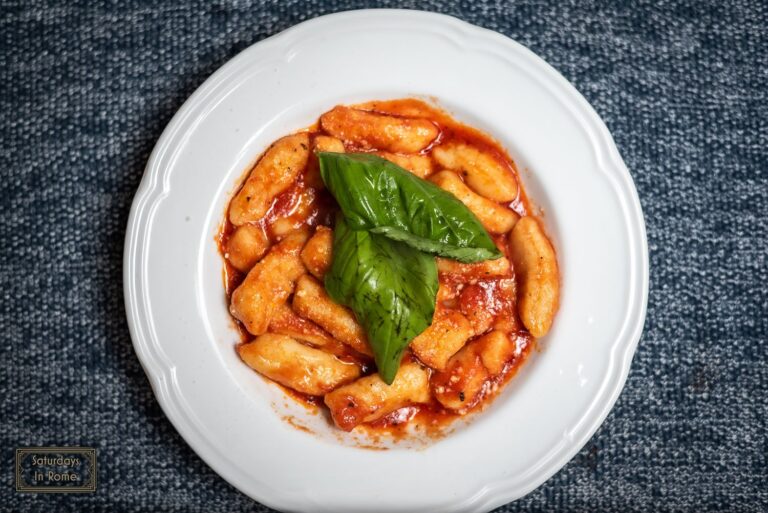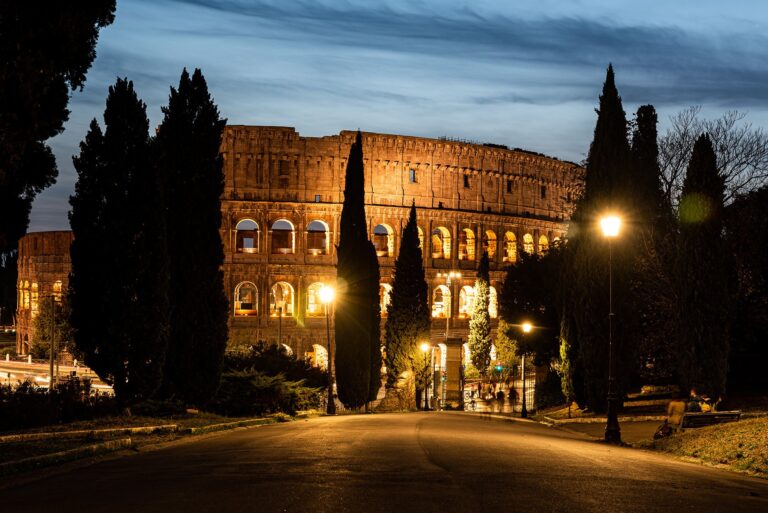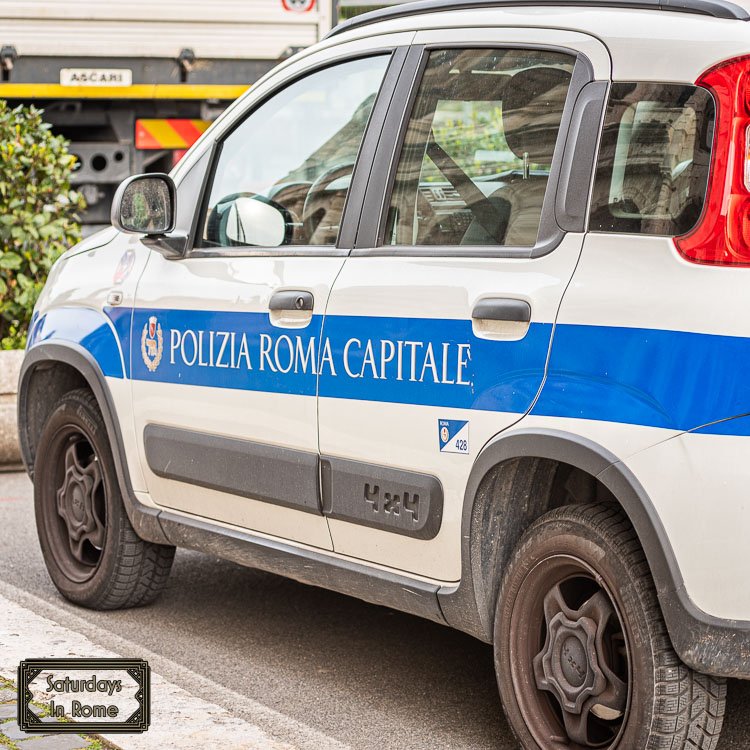This Easy Roman Classic Pasta Alla Gricia Recipe Is Great
This Roman Classic Pasta alla Gricia recipe is simple to make and with delicious flavors that you will want to add to your recipe collection of pasta dinners.
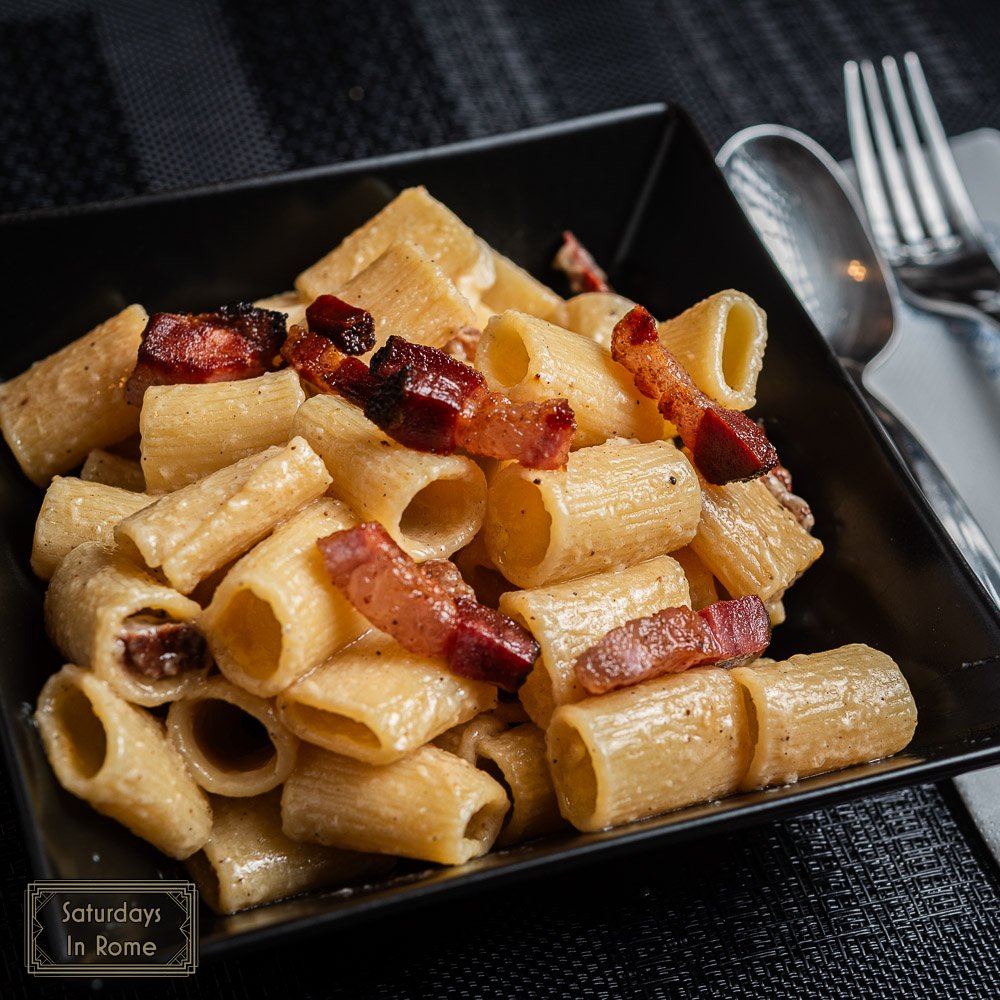
Finished
Pasta alla Gricia is one of the four famous pastas of Rome and is the simplest to make because of the few ingredients and simple techniques that are needed to make this amazing dish. I would describe this as a cross between Cacio e Pepe and Carbonara, but with a slight variation. It took me a while to write this recipe because even though it is easy and delicious, it is probably my fourth favorite of the Roman pasta recipes, with Carbonara being my favorite. For completeness and simplicity, you should check out this recipe and decide for yourself where this ranks among the four classics.
Kitchen Tools And Cookware
We are proud to be an Amazon Affiliate, so If you are looking for some amazing products, please click on the links below as we have compiled a list of some of our favorite equipment. As an Amazon Associate, we at Saturdays In Rome earn commissions from qualifying purchases, but there are no added costs for you. For this recipe, and others, check out some of our recommended cookware and kitchen tools.
Santoku Knife
The Santoku style knife is my favorite when I’m cooking and Victorinox makes a great one!
Pasta Alla Gricia Ingredient Descriptions and Recommendations
What Is Guanciale?
This is not the first Roman recipe I’ve written about that uses guanciale, but I continue to be excited to need to buy guanciale because of how delicious I know it will be. If you are unfamiliar with guanciale, it is cured pork cheek that has been salted and rubbed with spices. It is an amazing ingredient that is foundational here in Rome.
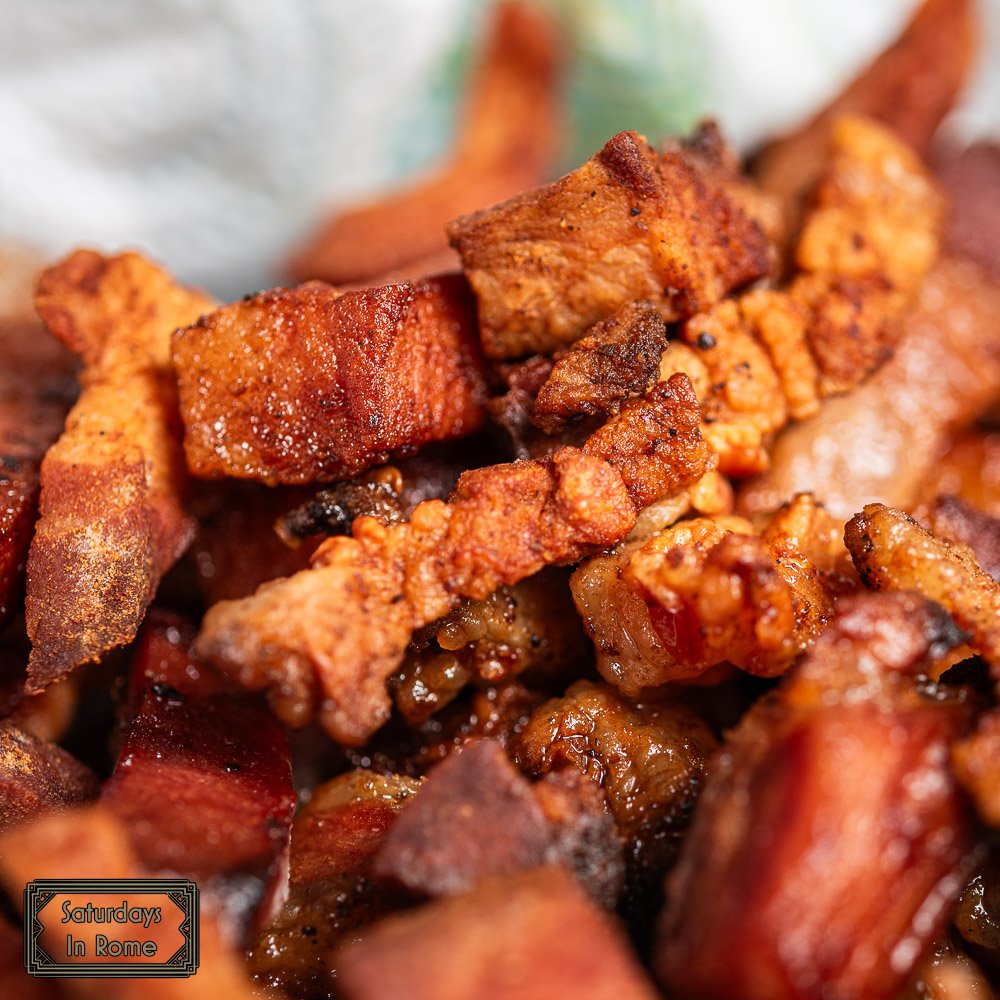
Guanciale
Three of the four Roman classic pasta dishes (Amatriciana, Carbonara and this Gricia) use guanciale, and after you taste it, you will understand why it is so popular. However, if you watch enough YouTube and various cooking shows, you will hear “cooks” say that you can substitute pancetta or bacon, but this just isn’t so. I know from first hand experience that finding guanciale outside of a “Little Italy” section of a bigger city can be challenging, but it is not the same and it is worth the extra effort to find it.
Is Pecorino Romano Required?
Apart from the fact that the classic recipe for Pasta alla Gricia calls for using Pecorino Romano cheese, this hard, salty sheep’s milk cheese is a delicious addition that pairs amazingly well with the flavorful guanciale. I know that Parmigiano Reggiano is easier to find, but it just isn’t right and you should try to find this authentic Roman cheese in a block that you can finely grate yourself.
Mixing Bowls
Only recently have a realized how great mixing bowls with lids are and these stainless steel beauties are amazing!
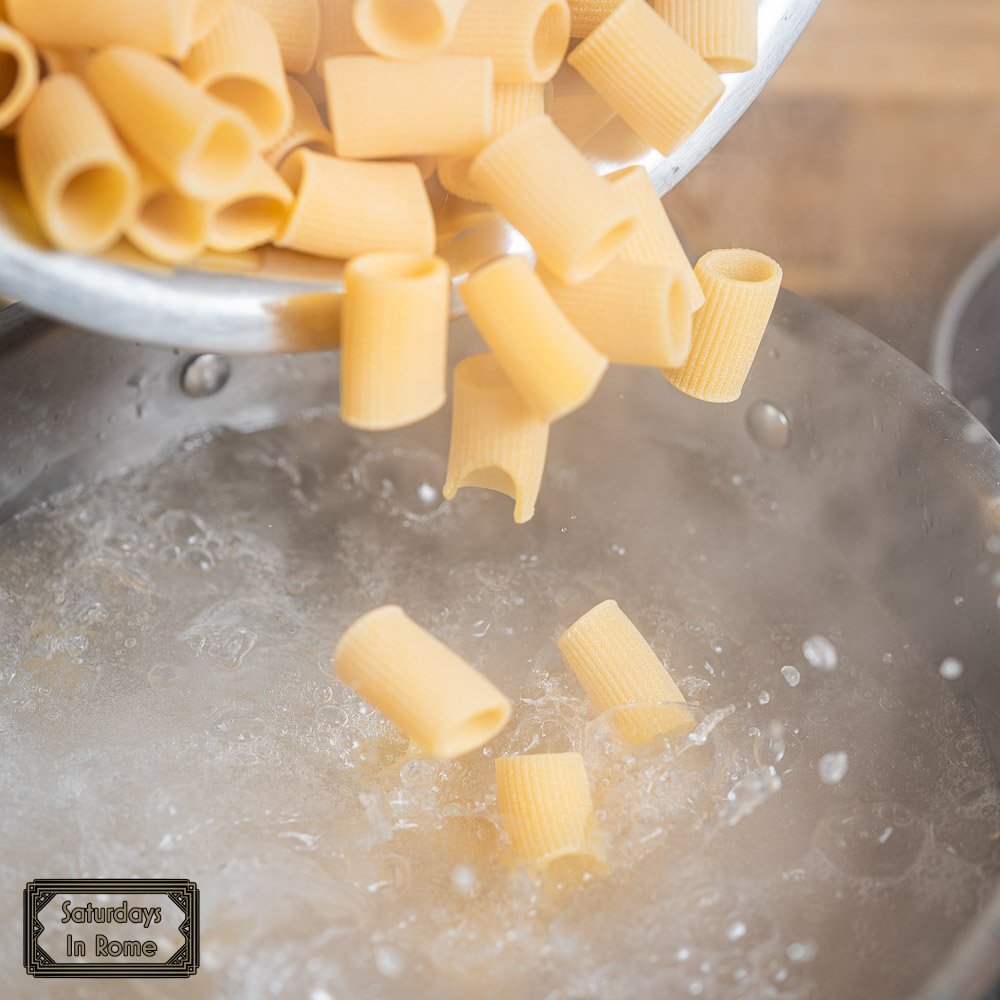
Mezze Maniche
What Is Mezze Maniche Pasta?
Literally, mezze maniche translates to half-sleeve (think: short sleeve) and it is a short tube pasta that holds the sauce well and is the classic pasta to use with this dish. There is a little flexibility here, but only a little. The important elements are a short, large tube pasta, extruded through a bronze die that will hold the sauce and guanciale. If you can’t find it, Rigatoni is an acceptable substitute, but try to find the half-sleeve pasta.
Pasta Pot with Strainer
Perfect for cooking pasta, this pot can be used to cook a range of meals you will love!
Frequently Asked Questions Of Gricia
What Is Pasta Alla Gricia Made Of?
The Pasta alla Gricia ingredients are few and simple. It contains pasta, guanciale, cheese, and salt and pepper to taste. The specific ingredients are important not to substitute, so the most difficult part of making Pasta alla Gricia might be finding the right ingredients.
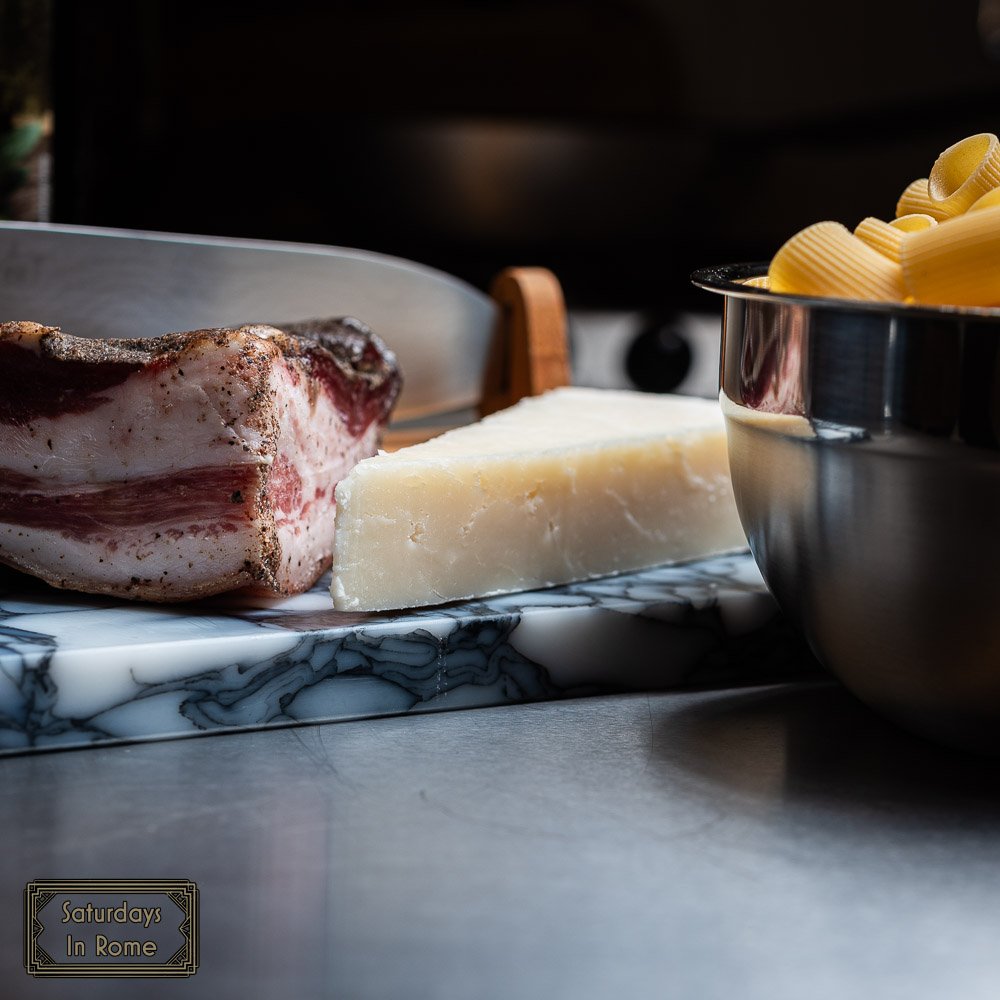
Few Ingredients
Where Did Gricia Come From?
The recipe for Gricia originated in the countryside around Rome, in the town of Grisciano. This is similar to the other 4 famous Rome pastas and it relies on similar, overlapping ingredients. Pecorino Romano cheese, like Cacio e Pepe and Guanciale, like Amatriciana and Carbonara.
What Are The 4 Famous Pasta Dishes In Rome?
Pasta alla Gricia rounds out the 4 famous pasta recipes from Rome that you need to experience on your next visit to the Eternal City. The other pasta are Cacio e Pepe, Amatriciana and Carbonara.
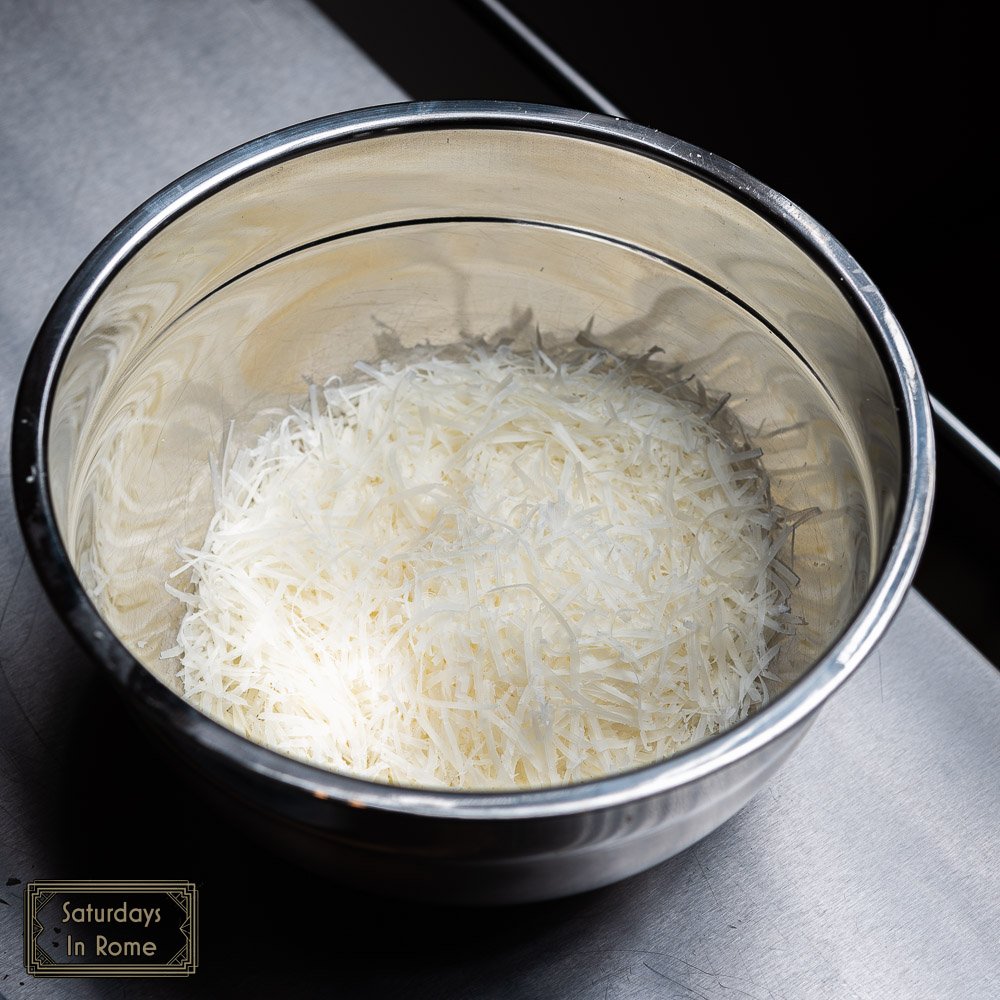
Pecorino Romano
If you would like a free copy of this recipe in PDF format, please sign up for access to our Recipe Box which contains a growing list of amazing Italian recipes discussed on this blog, including this delicious recipe.
What’s The Difference Between Carbonara And Gricia Pasta?
If you want to compare Pasta Alla Gricia Vs Carbonara, is it very simple because there are only two major differences. Carbonara adds egg yolks to the cheese mixture and Carbonara uses a mix of Parmigiano Reggiano and Pecorino Romano cheeses. Apart from these differences, you will certainly notice a similarity between the two.
Colander – 5 Qt.
OXO makes some great products that really take the home cook into account and this colander is no exception.
Pasta alla Gricia Recipe
- Difficulty: Easy
- Prep Time: 15 mins
- Cook: 15 mins
- Servings: 4-6
Pasta alla Gricia Ingredients
- 1 Lb. (400 grams) of dried Mezze Maniche (or Rigatoni) Pasta
- 8 oz. (250 grams) of Guanciale
- 2 oz. (60 grams) of grated Pecorino Romano Cheese
- Salt and Black Pepper to taste
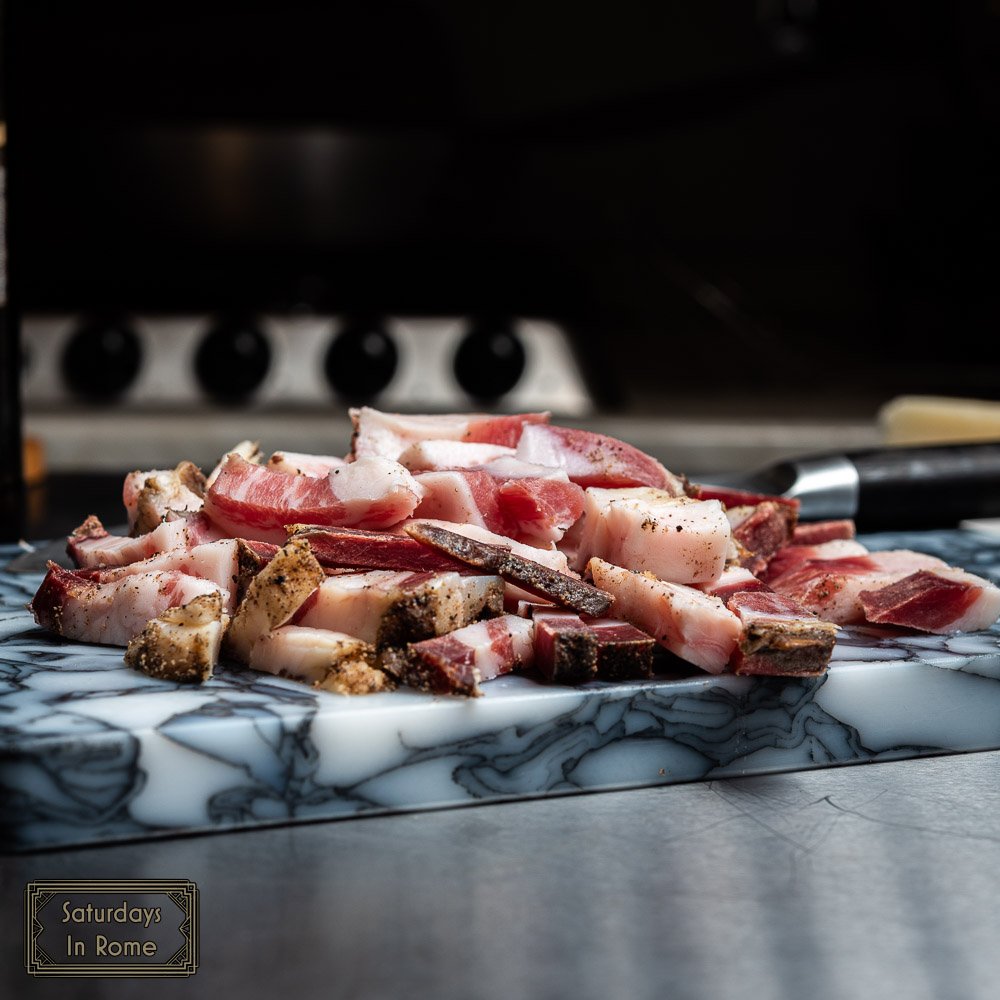
Guanciale Batons
Cooking Instructions
- Slice guanciale into batons, removing the hard outer edge.
- Add the guanciale to a sauté pan and sauté until brown but not too crunchy. When done, remove meat from the pan and set aside on a pepper towel, leaving the rendered fat in the pan.
- Bring pasta water to a boil and add salt.
- When boiling, add the Mezze Maniche pasta to the boiling water and stir regularly until al dente.
- While the pasta is cooking, grate the Pecorino Romano cheese and place in a small bowl.
- Add a ladle of pasta water to cheese and stir it to make a sauce.
- Add water to the pan with rendered fat and stir to make creamy emulsion.
- Add the al dente pasta to the pan, stirring and add more pasta water if needed to maintain a sauce consistency.
- Take the pan off the fire and add cheese to the pan and mix thoroughly, like Cacio e Pepe.
- Add the cooked guanciale back to pan and add ground black pepper.
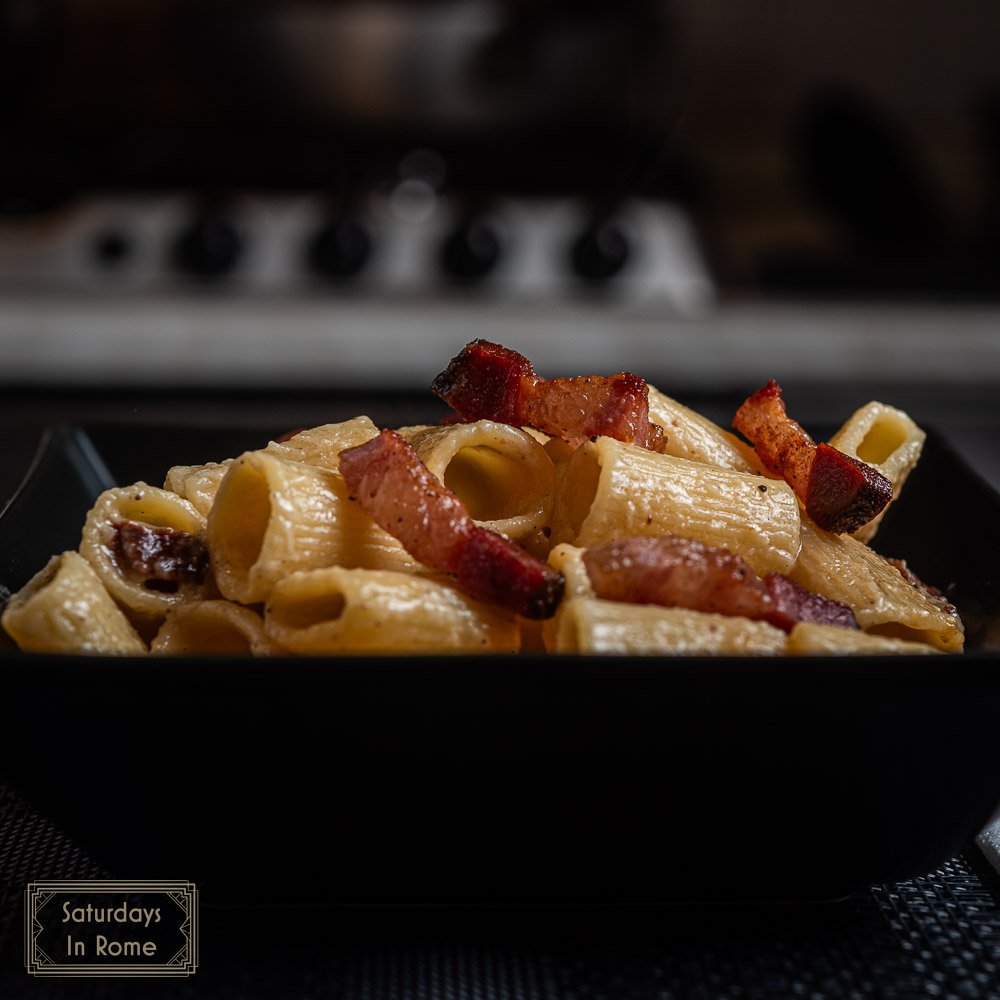
Alla Gricia
Serving Suggestions
Serve the pasta while it is hot and you can add a little more Pecorino Romano cheese to the bowl, depending on taste. This can be considered a first course, followed by a protein course, and can be served with bread and a dry white wine.
Other Roman Pasta Recipes That Might Interest You
If you enjoyed this Roman classic Pasta alla Gricia recipe, here are some of the other fantastic Roman pasta recipes that you might want to try:
- This Bucatini all’Amatriciana Recipe Is A Roman Classic.
- An Authentic Spaghetti Alla Carbonara Recipe You Should Try.
- This Authentic Cacio e Pepe Recipe Is A Classic Roman Meal.
- The Best Pasta In Rome Will Definitely Change Your Life!
- This Easy Leftover Spaghetti Recipe Can Be So Much More.






